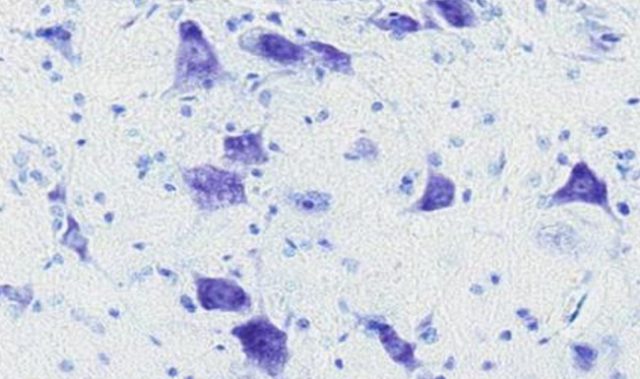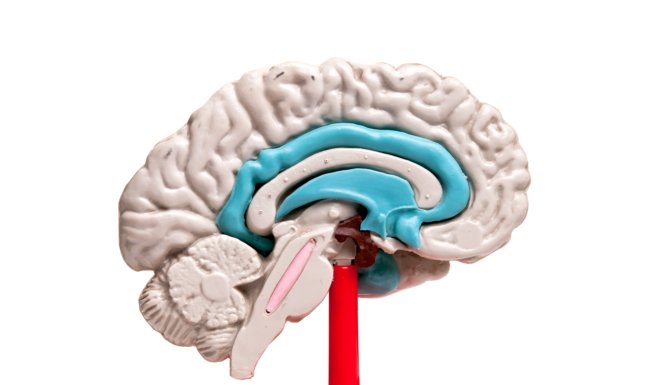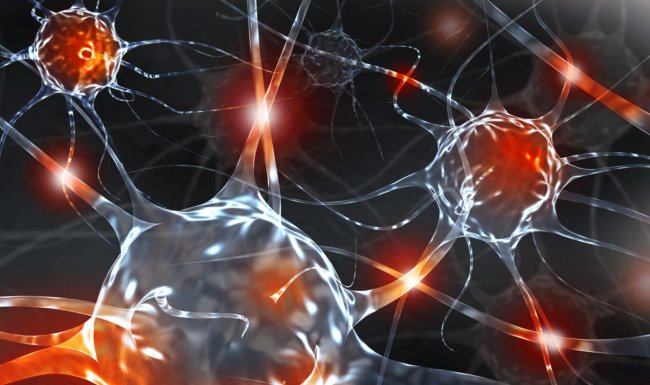
AsianScientist (Jan. 13, 2015) – Scientists from the University of Queensland (UQ) have discovered the molecular mechanisms that allow severed nerves in roundworms to fuse back together. Their results have been published in Nature.
Project leader Dr. Massimo Hilliard, from the UQ Queensland Brain Institute (QBI), said the findings provided hope for treating nerve injuries.
“This will now open new avenues to try to exploit this knowledge in other systems closer to human physiology, and hopefully move further towards solving nerve injuries,” Hilliard said.
“We’ll now try to understand if a similar process occurs in vertebrates and, if it doesn’t, how we can use what we have learned from worms to make it happen and then scale it up towards humans,” he said.
Hilliard said neurosurgery could be combined with molecular biology in the future to deliver clinical outcomes, and perhaps treat conditions such as spinal cord injury or vascular damage where healthy neurons were injured.
“Neurosurgery alone to fix nerve injuries by effectively trying to stitch together broken nerves has had limited success,” he said.
“But a combined approach using molecular biology might create an environment that is much more conducive for regeneration, and we may be able to deliver molecules that act as a glue to enable healing.”
Nerve injuries can take on many forms, from temporary to permanent, and can involve impaired function for abilities such as sensory or motor control.
Research paper lead author Dr. Brent Neumann, also from QBI, said the Caenorhabditis elegans roundworm was an ideal model for studying the nervous system.
“We study the roundworm species C. elegans because its transparency, simplistic structure, and known genetics allow us to easily understand the processes that occur inside its body,” Neumann said.
“This meant we were able to progress rapidly, and go from a description of what happens, to understanding the very process of how it happens on a genetic and molecular level.”
Professor Ding Xue, from collaborating partner the University of Colorado, Boulder, who first discovered some of the molecules used in the study, said knowledge of them helped the researchers understand the regenerative mechanism.
“The moment there is a cut to the nerve, there is a change in the membrane composition, which acts as a signal to the other part of the nerve saying ‘I am in danger, come save me,’” Xue said.
“This is really interesting, because it resembles another biological process in humans called apoptosis, when a cell is dying and it changes the membrane composition and marks the cell for quick removal.”
The article can be found at: Neumann et al. (2015) EFF-1-Mediated Regenerative Axonal Fusion Requires Components of the Apoptotic Pathway.
——-
Source: University of Queensland.
Disclaimer: This article does not necessarily reflect the views of AsianScientist or its staff.












